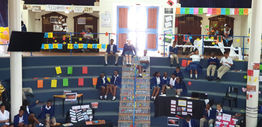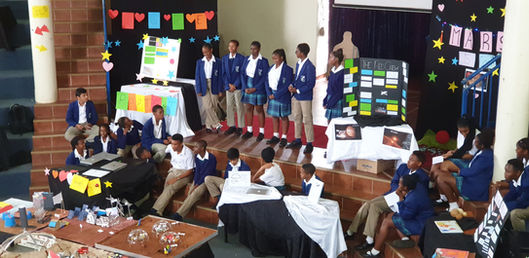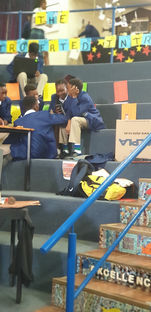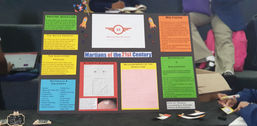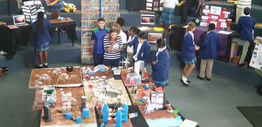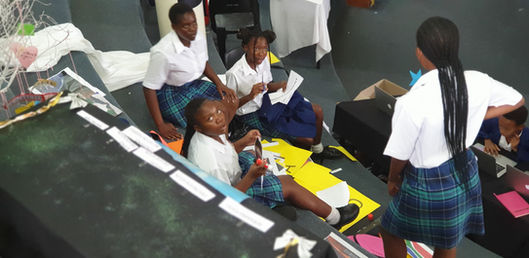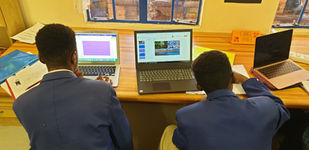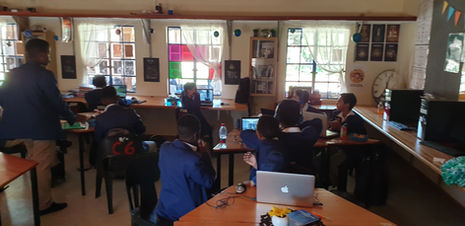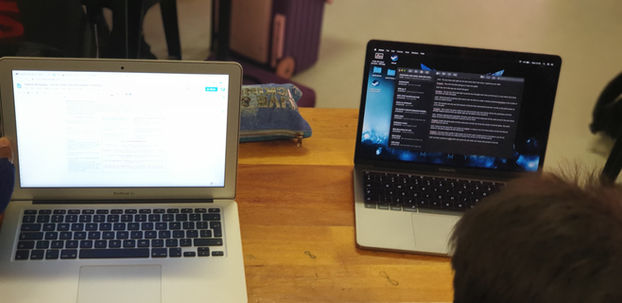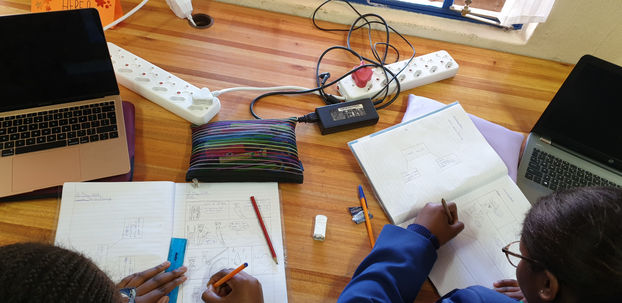question | learn | act


Being a National Geographic Certified Educator means that you have an array of skills and resources at your disposal to effectively unlock your students' innate curiosity as well as nurture their explorer's mindset.
By incorporating the National Geographic Learning Framework with your school's curriculum you open your classroom to true 21st Century learning and teaching.
Teaching to Scales & Perspectives assists students with visualising their place in their community and the world, as well as how cause and effect can be interpreted. Connecting the Human World and the Natural World through learning.
By incorporating the Geo-Inquiry Process in teaching, students become experienced at crafting questions and guiding their own learning, while finding ways to make a difference in their community.
Service Learning allows for deep-dives into the curriculum by connecting it with the real world in a meaningful way.
Mapping as a Visualisation and Communication Tool in your classroom becomes a way of creating multi-layered connections with other subjects as well as reinforcing the learning connection with the world beyond the school and classroom boundaries.
.png)



NATIONAL GEOGRAPHIC CERTIFIED EDUCATOR CAPSTONE PROJECT
LEARNING THE NATGEO WAY
LAUNCHING INTO INTEGRATED LEARNING
What is Integrated Learning?
We teach in subjects (often referred to as 'silos') and these never tend to mingle or meet, yet there are so many skills and connections to be made. I teach in the College and Coordinate the Grade 8 & 9 Academic Programme, tasked to ensure that 21st Century learning happens while the 'silos' remain protected. We opted for a blended approach of Inquiry-based problem solving where subjects either integrate their assessments to counter assessment fatigue, or where two subjects pair up to engage in a joint problem-solving project where assessment occurs separately, but learning happens concurrently.
Our first foray was a pristine example of just how messy change can be!
Here are the briefs we provided students with, flowed by images of them in action:
FINDING OUR BEARINGS
Becoming a National Geographic Certified Educator:
I wanted to expand the projects were doing into the real world but had no idea how to do this or where to get started. I just knew that we had to find some direction that was directly linked to the curriculum as well as to the real world and it had to be rigorous.
National geographic's online courses ticked all the boxes I had on my list and I dove in with both feet! Here is how it is (still) rolling out:
WEATHERING A TEMPEST - Capstone Project
Using the National Geographic Learning Framework, Scales & Perspectives. Teaching about the Human and Natural World in ELA!
I like to introduce students to Shakespeare's world by using his last play - The Tempest. It
THE INFLUENCE OF NATGEO ONLINE COURSES ON OUR LEARNING



